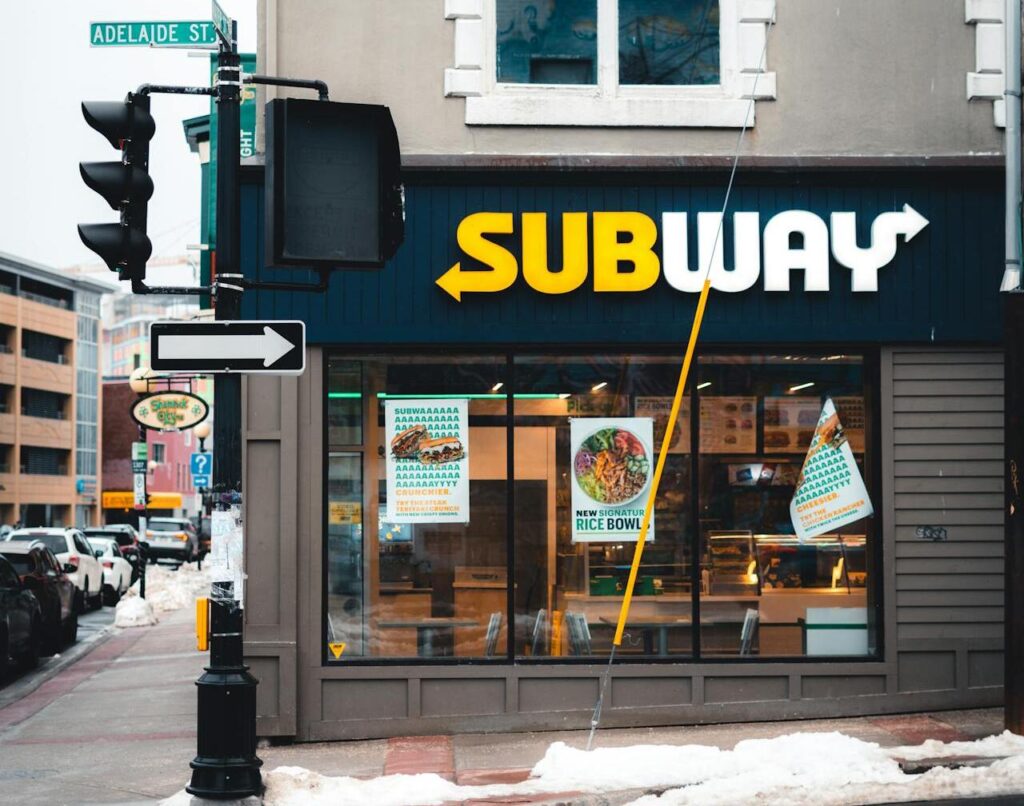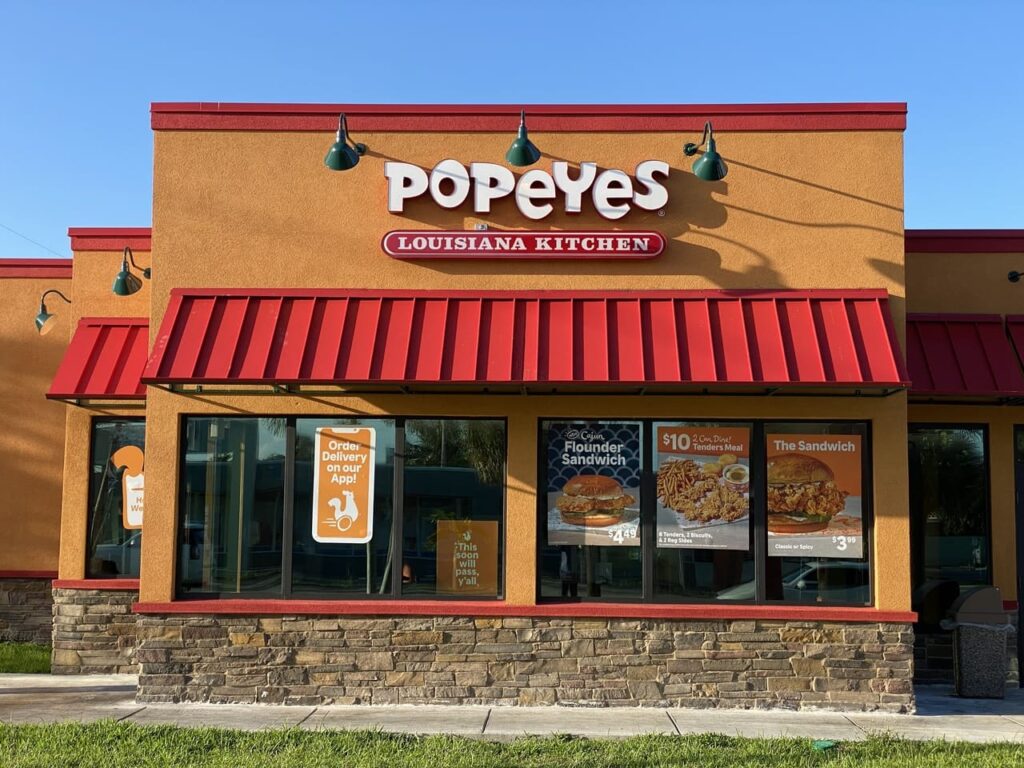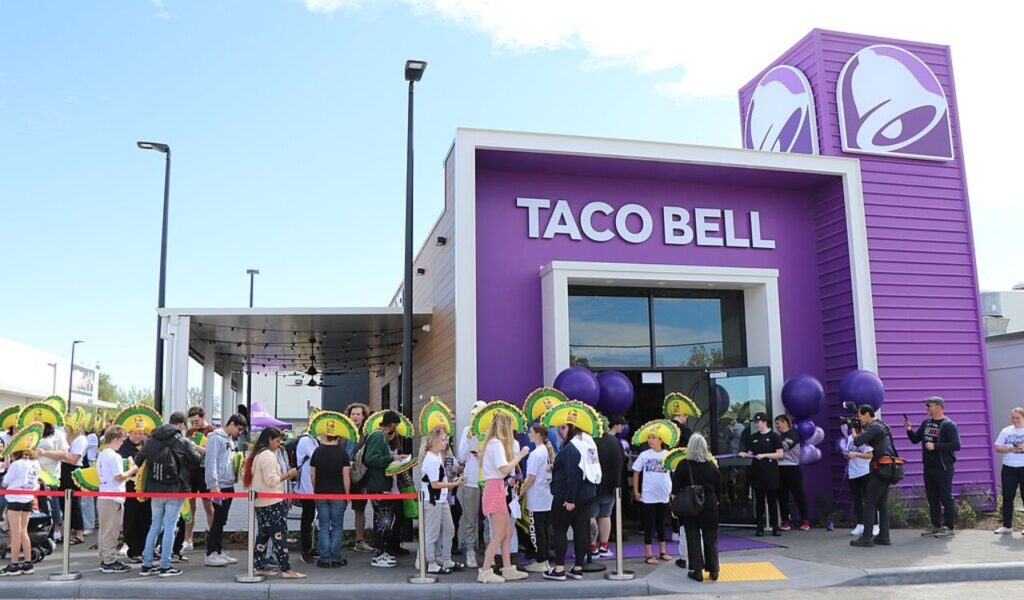8 Restaurant Chains That Changed Their Recipes and Lost Loyal Fans

You expect a restaurant chain to tweak a menu now and then, but here’s the thing. Some brands changed recipes that people considered untouchable. The moment they swapped ingredients or simplified prep, customers felt the difference. What this really means is that these chains underestimated how attached you can get to a familiar flavor. When a signature item suddenly tastes flat, sweeter, saltier, or just off, the trust takes a hit. These eight examples show how a single change can push loyal fans away.
1. Pizza Hut

Pizza Hut tried to modernize its signature crust by adjusting seasoning blends and cutting back on the buttery richness that older fans grew up with. You can taste the shift in the dough because it no longer has that slightly crisp bottom and fluffy center you remember. When you pair that with quieter tweaks to sauce sweetness and cheese ratios, you end up with a pizza that feels familiar but not quite right. Fans who relied on that old nostalgic flavor often said the newer version tasted more generic. You cannot reinvent comfort food without risking the loyalty that built your reputation in the first place.
2. KFC

KFC once leaned heavily on fresh frying practices and a seasoning profile that carried a gentle kick of pepper. Over time, fans noticed a milder and saltier finish that seemed to lean on convenience rather than the original balance of spices. You can tell when the breading no longer clings in the same way and the texture turns slightly softer. Some long-time customers described the newer taste as flatter, almost muted, especially compared to the crisp edge the chain used to maintain. When you adjust something as iconic as fried chicken, you risk losing the people who swear they know every note of that flavor.
3. Subway

Subway’s bread formula became a point of debate when fans insisted the texture had changed. Some felt the crust softened too much and the aroma lost the yeasty warmth that once made the sandwich feel fresh. When you combine that with shifts in how meats and vegetables are prepped, the overall bite changed even if the menu looked the same. Subway later reworked its ingredients again, but some customers still claim the original version tasted cleaner and more balanced. You notice the difference most when the bread stops holding its shape or breaks down under sauce in a way it did not before.
4. Popeyes

Popeyes built its reputation on crispy, slow-pressure-fried chicken with deep seasoning, but fans say the chain adjusted oil cycles and spice intensity. The chicken still tastes good, but the punch that made the flavor so memorable feels softer than it once did. You can sense this most in the coating, which is used to keep its crunch longer after leaving the restaurant. Some regulars argued that the heat tasted rounder and less defined than the older version. When your entire brand revolves around boldness, even a small shift can feel like a big loss to loyal customers.
5. Taco Bell

Taco Bell frequently updates ingredients, but the most controversial change came when it altered its seasoned beef blend. Fans said the texture turned smoother and the spice profile tasted slightly sweeter than the older, more pepper-forward version. You notice this particularly in classics like tacos and burritos, where the meat used to provide most of the character. When that anchor flavor softens, the whole item feels lighter but less satisfying. Some customers accepted the shift, but others said the older blend carried more depth and made every order feel warmer and heartier.
6. McDonald’s

McDonald’s faced criticism when fans insisted the fries did not taste the same as the older version cooked in beef tallow. They had a deeper aroma and richer finish back then. When the chain switched to vegetable oils, the fries became cleaner and lighter, but you lost that signature depth. You can sense the change most when they cool even slightly, because the texture softens faster now. Many customers still enjoy them, but long-time fans claim the older recipe set a standard that newer versions never quite matched.
7. Domino’s

Domino’s famously revamped its entire recipe years ago, but some fans actually preferred the older version. The old crust had a straightforward, bready texture that did not try to impress you, and the sauce leaned tangy rather than bold. When the chain switched to a more heavily seasoned crust and richer sauce, the pizza gained personality but lost the simplicity some people valued. If you grew up with the earlier style, the new version might feel overworked. You can appreciate the improvement while still understanding why loyal fans miss what came before.
8. Olive Garden

Olive Garden updated its sauces, soups, and seasonings over time, and fans swear the shift hit hardest with the Alfredo sauce. The older preparation tasted thicker and carried a stronger Parmesan note. The updated version feels smoother but lighter, which some people interpret as less satisfying. When you pair that with quieter tweaks to breadstick seasoning and soup bases, the total experience changes even if the menu does not show it. Loyal customers often say the chain underestimated how much flavor memory shapes your sense of comfort and consistency.







